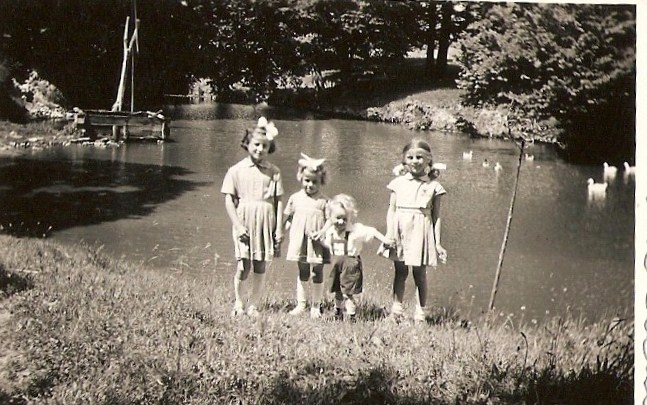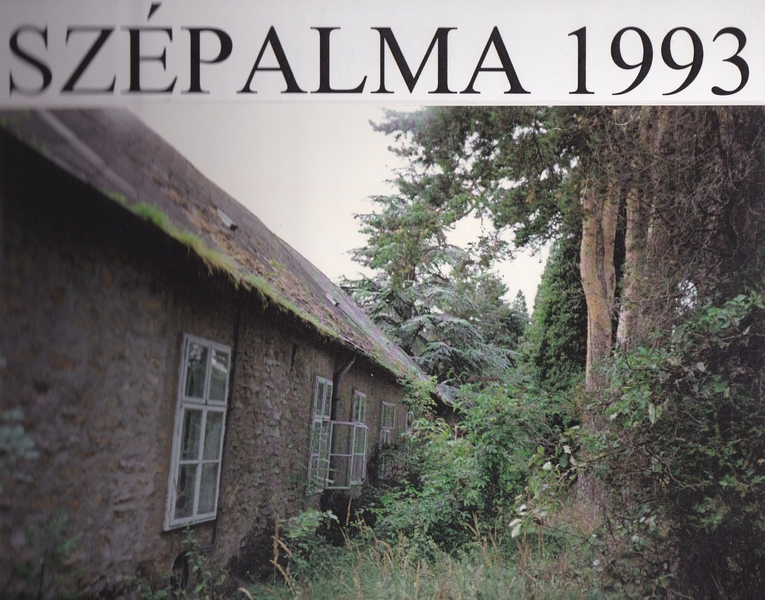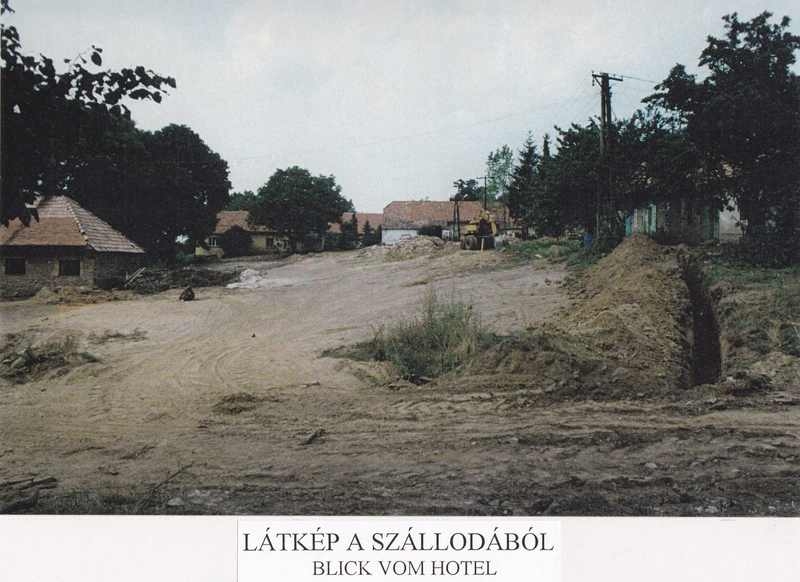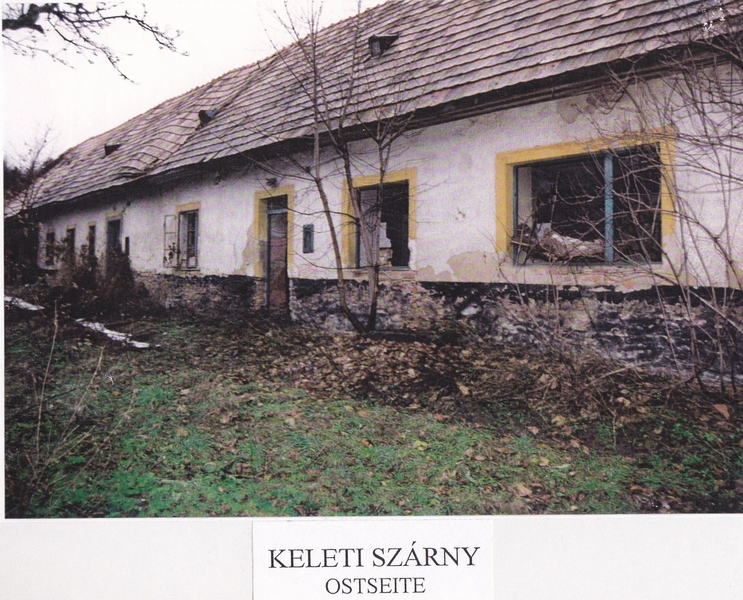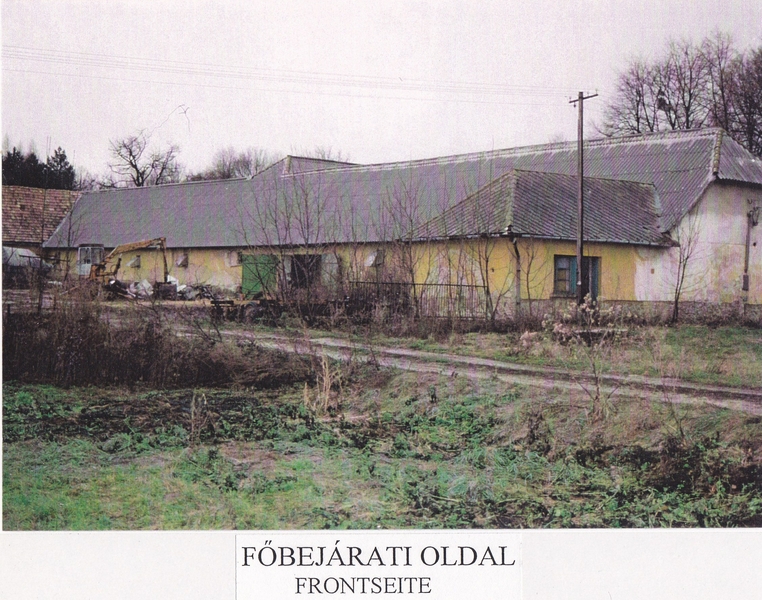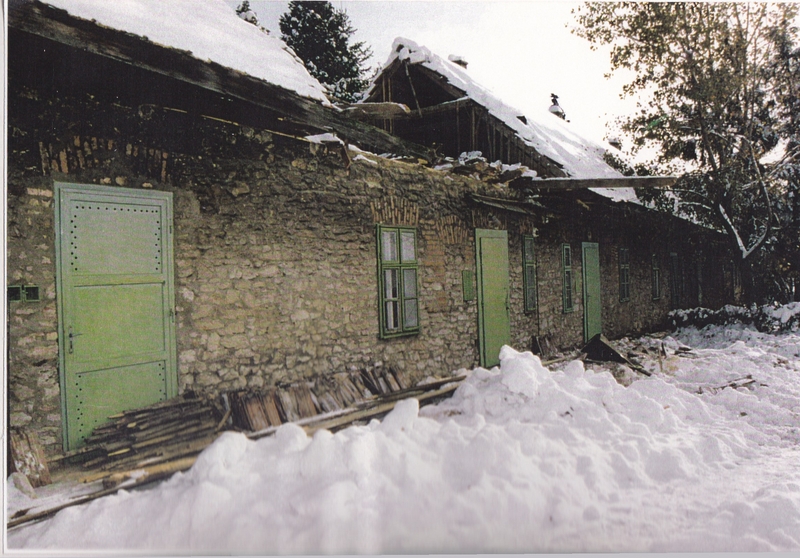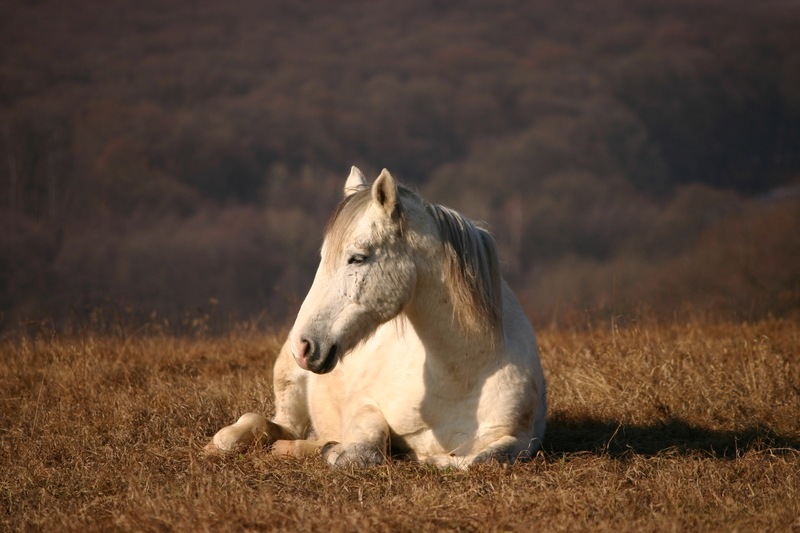In the Middle Ages, Szépalma, or the “Great Förtés” as it was formerly known, was mostly a royal estate, a “prédium” or major. In 1392, King Sigismund donated the area to Miklós Garai, the king of Hungary. In 1439-41, the Gara family built a stone church for the Hungarian-founded Palatine order in neighbouring Porva.
In 1483, King Matthias donated the area to István Szapolyai, father of János Szapolyai, later King of Hungary, and in 1622 it was taken over by Miklós Eszterházy, the Prince of Hungary. In 1636 Dániel Eszterházy and in 1704 Antal Eszterházy owned Szépalma. The buildings were destroyed by the Turks and rebuilt in 1720 by Ferenc Eszterházy. After 1758, Imre V. Eszterházy, Maria Theresa’s cavalry general, began to breed horses and to breed on the estate. In 1809, his son Imre VI, having been informed that Napoleon’s troops were on their way to the Bakony, attacked the French troops with his hussars and ‘cut down’ the French on the plain near the Gerence stream. The names of several villages and areas in the area commemorate this operation (Hussars’ bush or French slaughter).
Pál Eszterházy VI, son of Imre Eszterházy VI, served as a major in the 48th War of Independence. According to contemporary records, he participated in sixty-two battles. He called 8 young men to arms, five of whom never returned from the fighting. One of them saved the Count’s life.
On November 19, 1862, Móric Eszterházy, György Apponyi, György Majláth and Ferenc Deák held a secret meeting in Szépalma to discuss the possibility of reconciliation between the Kingdom of Hungary and Austria. Similar initiatives resulted in the Austro-Hungarian reconciliation of 1867, which paved the way for Hungary’s capitalist development.
In the years after the First World War, Szépalma was owned by the bohemian and notoriously frivolous Pál Eszterházy II, whose marriage to his sister-in-law, Count Mikó Endre Pejacsevich, resulted in the estate of Szépalma passing to the Pejacsevich family. Count Endre Pejacsevich is also responsible for the creation of the arboretum and the count’s graveyard, which is located a few hundred meters from the hotel. It is also the resting place of his son, the flying officer Paul, who died here at the age of 30, and of Count Endre Pejacsevich himself.
In 1962, Szépalma became the stud farm of the Bábolna State Farm, and horse breeding continued. The condition of the buildings steadily deteriorated and from the early 1980s onwards farming began to decline. In addition to horses, unsuccessful attempts were made to raise sheep, goats and chickens. The Szépalma stud farm, which had seen better days, was finally taken over by the Swiss in 1994 in a state of disrepair. The renovation and reconstruction of the former stables, farm and residential buildings began, a covered riding arena was built and two years later the Szépalma Hotel opened its doors – at that time with 35 rooms.

